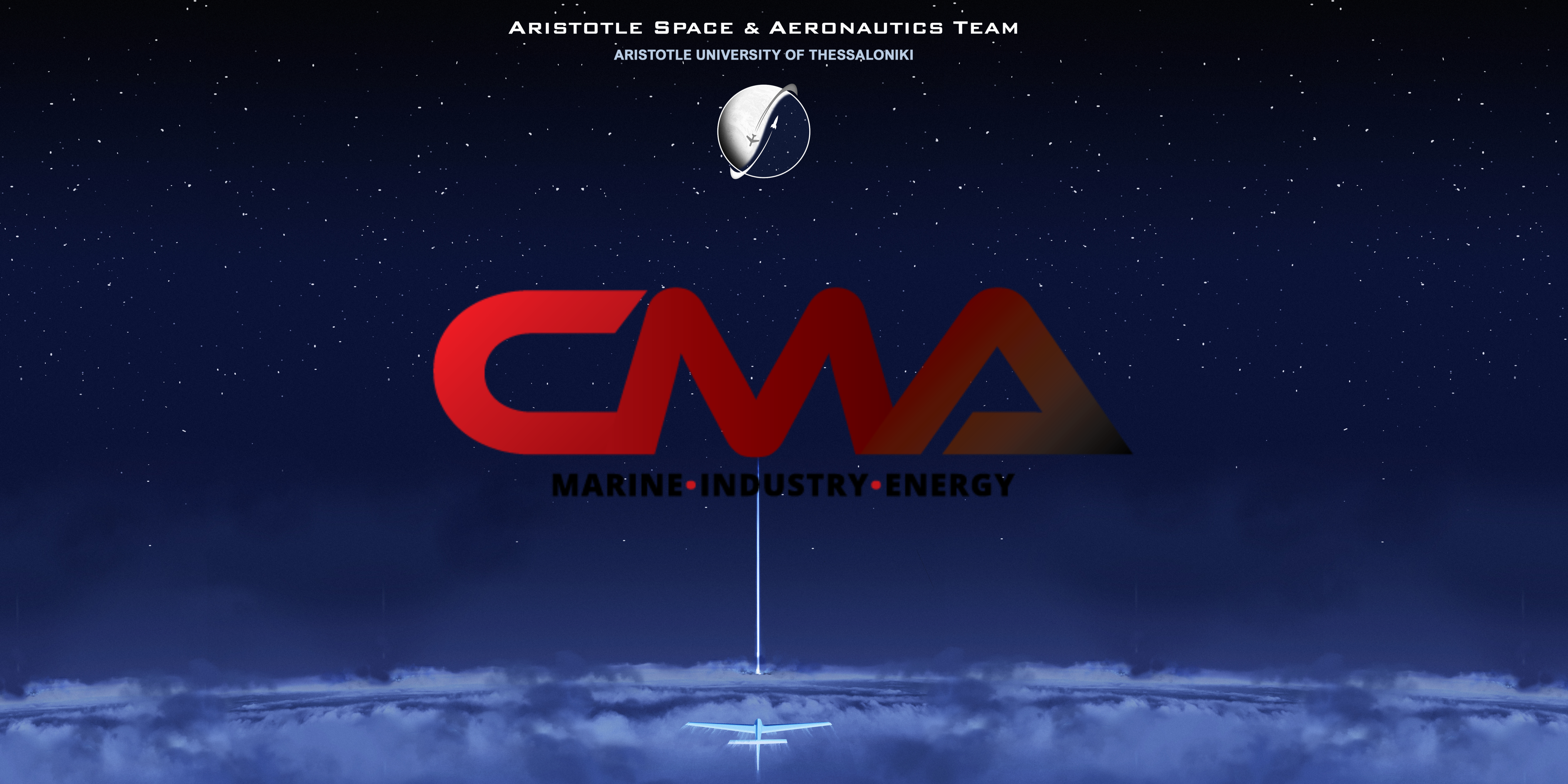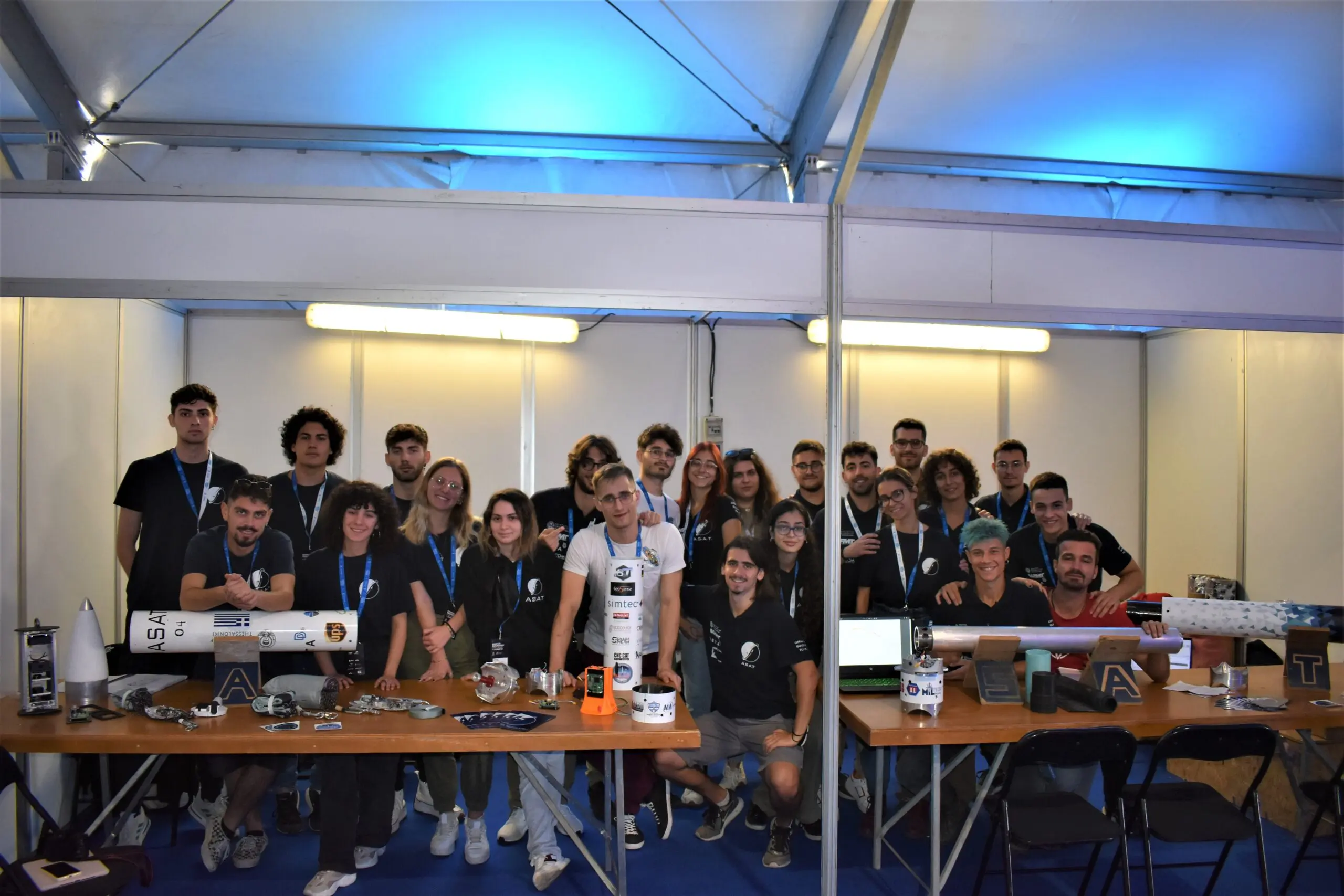What is a Tender-Descender?
Tender Descender is a device that allows you to perform dual deployment using a single parachute storage compartment. It works by preventing the main parachute from inflating, even though it has been ejected out of the rocket. At the right time it splits apart allowing the parachute to fully inflate and bring the rocket on the ground slowly and safely.

The way to use this device is by connecting the Tender Descender inside the airframe to an existing eyebolt. This prevents tangling and keeps the device inside the airframe. The device secures the nosecone to the bottom via a long shock cord. At the bottom of the shock cord, there is a second cord attached to the deployment bag. The deployment bag is connected with a quick-link to the eye-bolt. The bagged parachute sits on top of the Tender Descender. This is done by connecting the lanyard to the quick link first, then inserting the parachute into the airframe and then tying and cinching the lanyard to the top of the deployment bag. This will keep the bagged chute inside the airframe until the Tender Descender release. When the device is activated, the long shock cord is released from the bottom section. The second cord pulls the deployment bag off the parachute. The main parachute deploys, and the nosecone falls separately with the drogue chute. For comparison a commercial tender descender that you can find in the market costs approximately $85,00.
Instead the team has designed its own tender descender at a significantly lower cost, which consists of a cannister, inside where the explosion occurs, two platforms made of steel and 2 screws.
The cannister, which is made out of hydraulic copper, is placed between the two platforms and each platform’s end has a screw with a nut to keep it in place. Specifically, the hydraulics are 2 caps and a tube. So, we end up with a component that when you apply force on a parallel axis to the tube, it will be divided in 2 parts.
The parachute cords are going to be tied on the screws. If we tied the cords in the middle of the distance of the 2 platforms, then the forces were going to be vertical and we would not have the desired result.
On one of the two caps there are two holes in order for the cables to be able to heat a bridgewire that will ignite the black-powder. The explosion is going to provide the desired force so that the two pieces be divided. That way we will be able to know when exactly the second parachute is going to be deployed.

Astraea in Air Cargo Challenge 2024
In 2024, for the 4th time our team had the opportunity to participate in the Air Cargo Challenge that took place in Aachen, Germany. ACC



